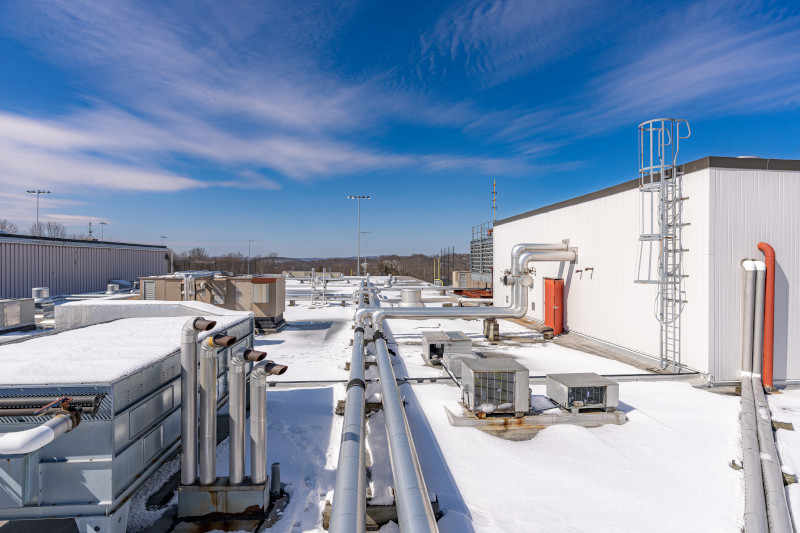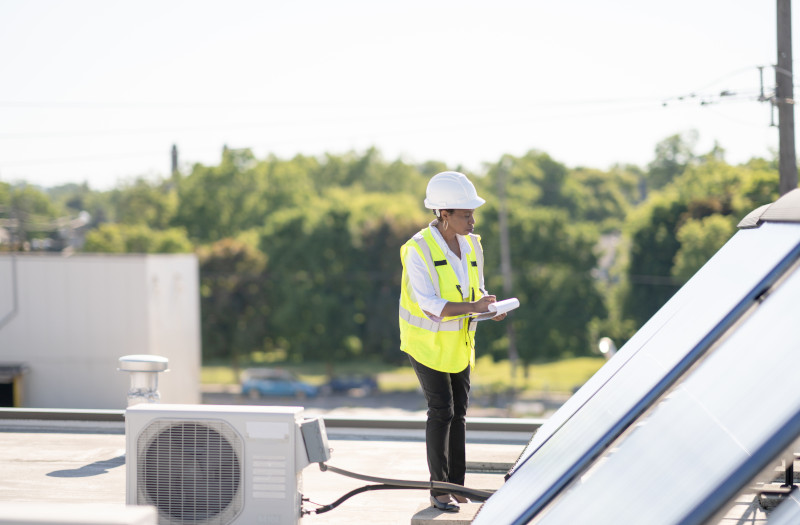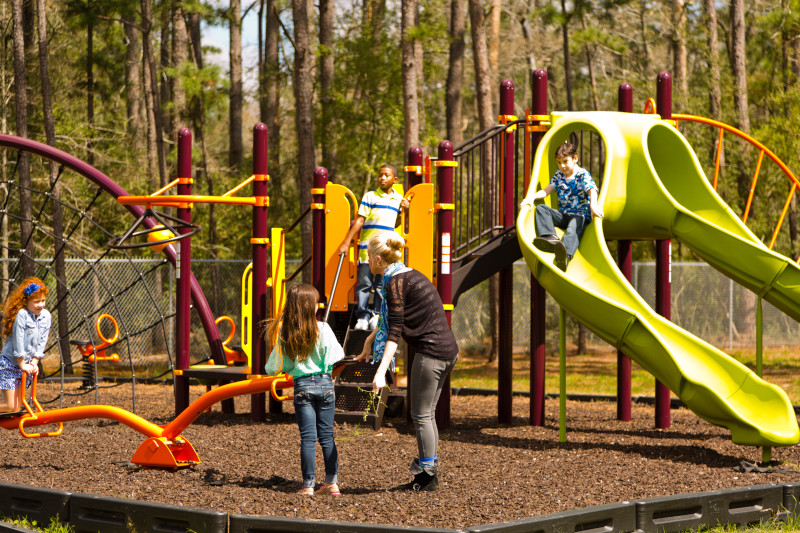Winter readiness for your buildings

We are fast approaching the season
Of leaves falling and crisp, cold air
And before we know it soon
There will be snowflakes everywhere.
Check on the HVAC units
To ensure all are working right
And make sure that all univents
Open freely and close tight.
Get your buildings ready
As the holidays are soon here
To keep your pipes from bursting
And avoid freeze claims this year.
The cold weather is upon us again, and so are all the risks that come along with it. Your school could sustain significant damages if your pipes freeze, your roof collapses because of snow accumulation, or you experience a fire because a staff member’s portable heater malfunctioned.
Here is a rundown of some of the most common winter risks, and how you can be prepared.
Frozen pipes
If the pipes in your building are exposed to below freezing temperatures, they may freeze, which could create pressure inside your pipes that cause them to crack or burst. Not only is a burst pipe a major expense, but it could also lead to flooding in large portions of your building. Some of the ways you can avoid this include:
- Setting the thermostat no lower than 60 F—even during school closures when the building is empty.
- Insulating pipes in attics, crawl spaces or other non-conditioned spaces.
- Shutting off the water and draining pipes whenever the building is unoccupied.
- Running water through the pipe at a trickle when temperatures are extremely cold.
- Use sensors that send alerts when temperatures near pipes drop to a certain degree.
Snow and ice on your roof
When snow and ice accumulate on the roof, the risk of experiencing a roof collapse or significant structural damage is present. This also may endanger anyone who is walking near your building if the snow and ice fall off the roof and strike them. To prevent accumulation of snow and ice on the roof:
- Keep drains and gutters clear to allow the runoff of meltwater.
- Remove snow loads and ice from vulnerable roof sections once snow begins to fall.
Remember that heavy and wet snow is more than six times as dense as light and dry snow, and water and ice is more than 19 times as dense as light and dry snow. - Keep chimneys and roof vents clear to prevent exhaust gases from generators, furnaces and other equipment from backing up into the building.
Space heaters
At times, staff members may want to bring their own electrical appliances to work—especially space heaters, as the weather becomes colder. The problem is that space heaters pose multiple fire and electrical hazards, and typically are not energy efficient.
Space heaters placed near a building’s heating, ventilating and air conditioning (HVAC) systems’ thermostat will counteract the building’s system, which could cause an entire section of a building to become excessively hot or cold. Space heaters can also overload and trip circuit breakers, disrupting normal operations. If your organization permits the temporary use of space heaters, Facilities Department administration should be consulted prior to use to determine if the building’s HVAC system can be adjusted to meet comfort factors. Heaters should:
- Have a high temperature-limiting device.
- Have built-in tip over protection.
- Be placed away from combustible materials (e.g., paper bins, desks, curtains, carpet).
- Be approved and provided by the administration.
- Turned off AND unplugged at the end of workday.
- Designed for commercial use and UL listed.
Heaters should not:
- Have an open flame or visible heating element.
- Be used near combustible materials (i.e., file cabinets, desks, trash cans).
- Produce carbon monoxide.
- Operate in rooms/areas where students can access and come in contact.
- Be placed near building HVAC thermostats.
Winter weather can be damaging and harsh, which is why it’s important to take all the necessary steps to protect your staff members, students and buildings.
Find more valuable risk control tips for winter weather maintenance here.




